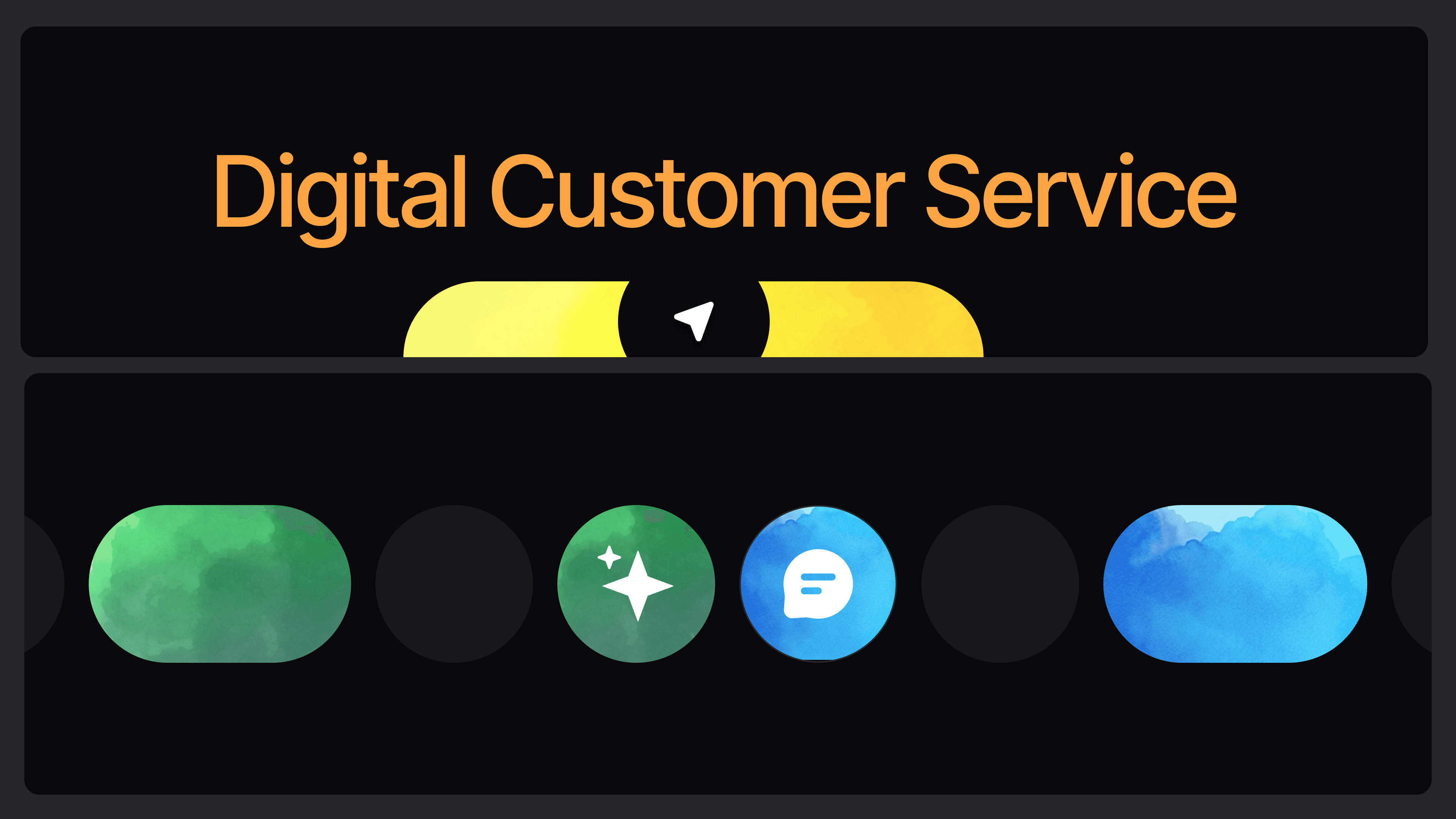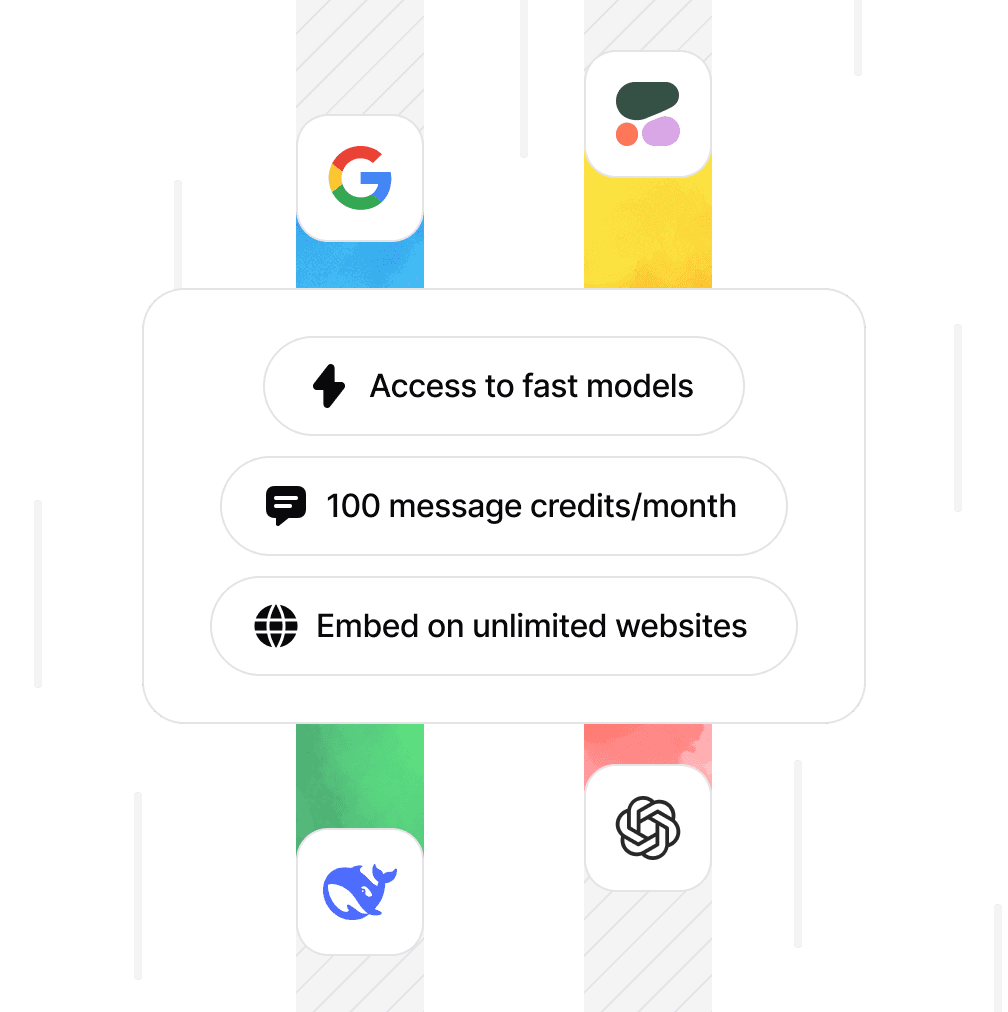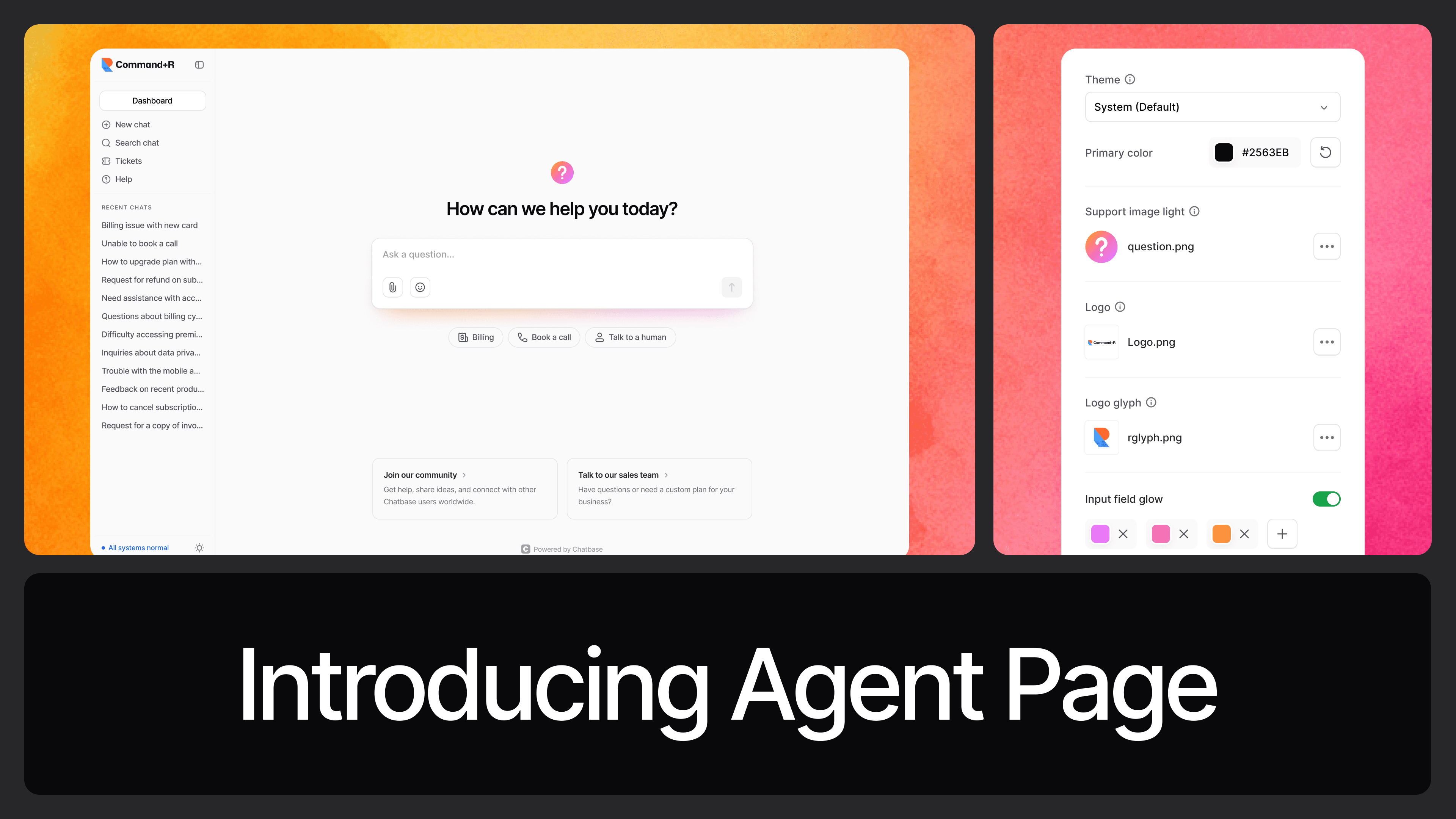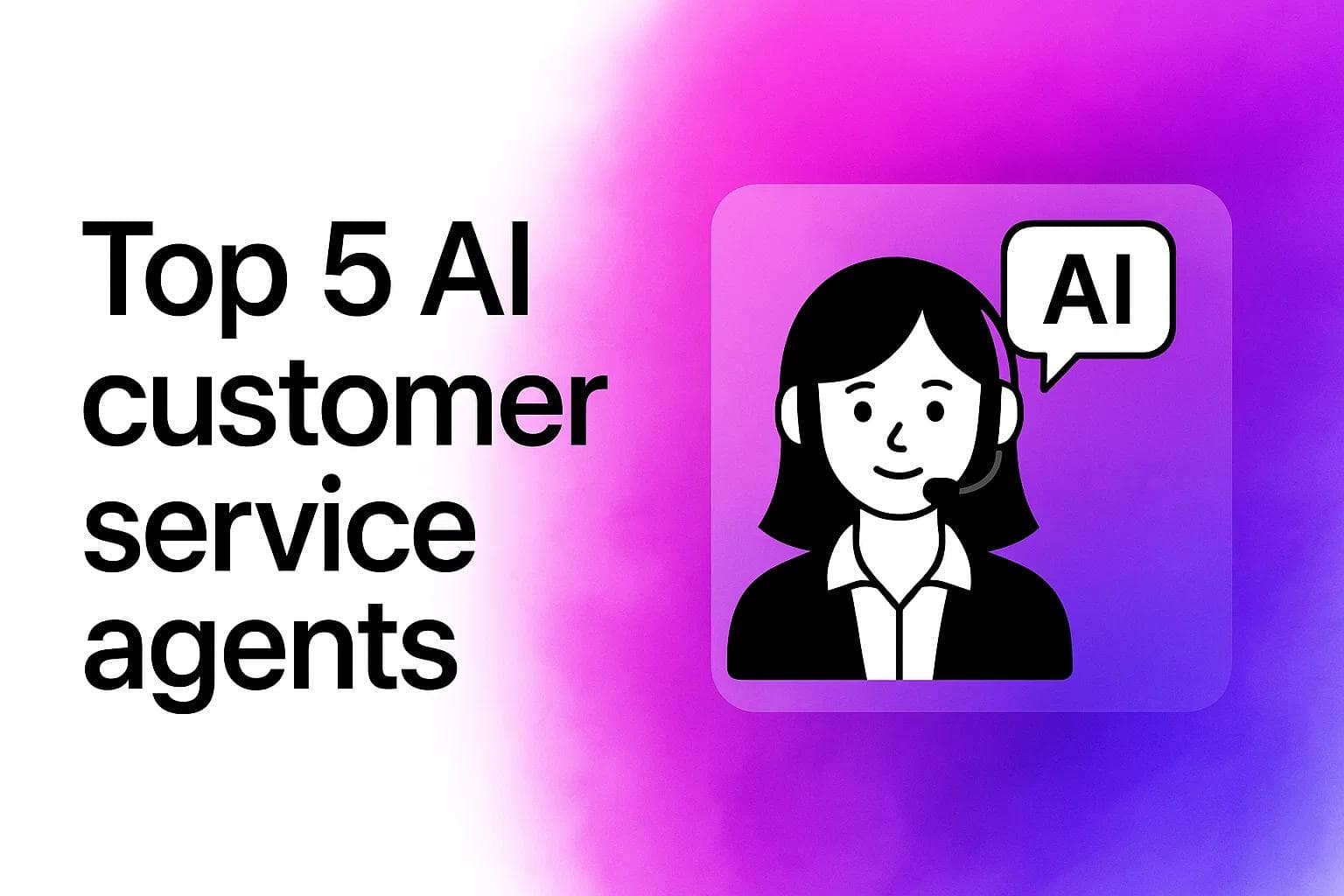Digital Customer Service: Everything You Need to Know
Max T
Jun 17, 2025
8 min read

You’ve probably had to contact customer service at some point, and chances are, it wasn’t a pleasant experience.
Maybe you sat through ten minutes of hold music, pressed “5” three times, and still didn’t get a human. Maybe you typed out a long email and got a robotic “we’ll get back to you soon” reply... three days later.
Customer service used to be a chore. For both sides. For customers, it meant waiting and frustration. For businesses, it meant juggling calls, tickets, and angry customers in ten different inboxes.
But things have changed.
Today, smart companies aren’t just offering better service; they’re doing it across the right digital channels, with speed, context, and (sometimes) zero humans involved. That’s what we’re talking about here: digital customer service, what it is, how it works, and why getting it right is no longer optional.
What Is Digital Customer Service?
Digital customer service is just... customer service that happens online.
That’s it. Instead of picking up the phone or walking into a store, customers now ask for help through chat, email, social media, or messaging apps like WhatsApp or Instagram. It's the same support, just delivered on platforms people actually use every day.
Think about the last time you had a problem with an order. Did you call anyone? Probably not. You most likely typed a message in a live chat window or sent a DM to the company on Twitter.
That’s digital customer service in action.
And here’s the key part: it’s not just about where the support happens. It’s also about how fast and how easy it is. The best digital experiences are quick, smooth, and often don’t even need a real person on the other side; thanks to automation and AI.
Whether it’s a chatbot that helps you track your delivery, or an email reply that actually answers your question the first time, it all counts.
Why Digital Customer Service Actually Matters
Let’s keep it real. Nobody wakes up excited to contact support. That’s why your job — if you’re running a business — is to make it as painless as possible.
Here’s how digital customer service helps you do that:
1. It’s faster. Way faster.
No one wants to wait 20 minutes on hold anymore. With a good digital setup, customers get help instantly from a chatbot, a live agent, or even a helpful knowledge base.
Speed matters. The faster someone gets help, the less likely they are to bounce, rage-tweet, or never come back.
2. Everything gets tracked (and that’s a good thing)
Every chat, every email, every ticket, it’s all recorded. This means you can go back, see what went wrong (or right), and fix things smarter.
Even better? AI tools can scan all those conversations and tell you what your customers are asking about the most. You can literally build better products and services just by reading your support logs.
3. Customers don’t have to work so hard
Let’s be honest, calling customer service often feels like work. Finding the number, waiting, explaining yourself again to three people... exhausting.
Digital support flips that. Now, someone can just message you while sitting in traffic or during a lunch break. No stress. No pressure. And they don’t need to repeat themselves because your system already knows who they are.
4. You meet people where they are
Not everyone wants to send an email. Some prefer WhatsApp. Others might hit you up on Instagram DMs. And Gen Z? They’re probably allergic to phone calls.
The point is: digital service lets you show up on their turf. And that makes them way more likely to stick with you.
5. You scale without falling apart
Let’s say your business grows. You’re getting 10x the support requests. Do you hire ten new agents? Or do you build smarter systems?
Digital tools, especially AI, help you handle more without burning out your team. Chatbots answer the simple stuff. Human agents handle the edge cases. Everyone wins.
Digital Customer Service Examples
Digital customer service relies heavily on the right tools. Without them, support becomes chaotic, slow, and frustrating for both your customers and your team. Let’s break down the main types of tools you need and which ones deserve your attention.
1. AI Chatbots — The Smartest Way to Scale Support
AI chatbots are your first line of defense for handling common questions and issues — without human agents.
They’re available 24/7, instantly respond to customers, and understand context rather than just keywords. This means better answers and fewer frustrated customers.
You can set them up to answer FAQs, book appointments, handle order tracking, or even escalate to a human when things get tricky.
Chatbase — Our Top Pick
If you want a chatbot that’s easy to build, customizable, and genuinely smart, Chatbase is the way to go.
- Train it on your own website, documents, and FAQs so it really knows your business.
- Connect across multiple channels — WhatsApp, Messenger, Instagram, Slack, and your website.
- Personalize tone and style to fit your brand.
- Add AI-driven automations for lead capture, appointment booking, product lookups, and more.
- Manage and improve your chatbot’s responses with no coding required.
Chatbase fits everyone from solo entrepreneurs to big teams, helping you deliver fast, accurate, and friendly support around the clock.
Ready to upgrade your customer service?
2. Help Desk Software — Organize and Track Support Requests
When your support volume grows, a help desk system becomes essential.
It centralizes emails, chats, and messages into tickets. You can assign agents, add internal notes, prioritize issues, and monitor response times.
This keeps everything neat and prevents requests from slipping through the cracks.
Recommended tool: Help Scout is simple but powerful. It’s designed for teams that want a clean, easy-to-use interface with smart features like collision detection (which avoids duplicate replies) and AI summarization of long email threads.
3. Live Chat Platforms — Real-Time Help, Right on Your Website
Live chat lets visitors get instant help without leaving your site.
It’s ideal for answering quick questions, helping with checkout issues, or nudging uncertain shoppers toward buying.
Great live chat tools include automation features, proactive messages, and integrations with CRM and support platforms.
Recommended tool: Intercom combines live chat, chatbots, and AI-powered support. Their Fin AI Agent can resolve half of incoming queries immediately, freeing up your team for complex cases. Plus, their AI Copilot helps agents craft responses faster and with the right tone.
4. Knowledge Base Tools — Empower Customers to Help Themselves
Many customers prefer finding answers on their own before reaching out.
A well-structured knowledge base offers clear, searchable articles and guides.
This reduces support tickets and lets customers solve problems anytime.
Recommended tool: HubSpot Service Hub integrates your knowledge base with chat and ticketing, allowing support reps to easily share articles during conversations. You can track which content helps most and update it live based on feedback.
5. Document Automation — Smooth Out Complex Support Interactions
For businesses dealing with contracts, quotes, or proposals, document automation is a game-changer.
It lets you create, send, track, and manage documents seamlessly, cutting down back-and-forth and improving customer experience.
Recommended tool: DocFlite combines document management with automation, so you never miss follow-ups and can handle document-related questions instantly within your support workflow.
How to Build a Digital Customer Service Strategy That Actually Works
Having the tools is just the start. To truly deliver great digital support, you need a strategy that fits your business and your customers.
For many companies, it starts with digital transformation consulting as they rethink workflows, upgrade systems, and improve support across channels.
Here’s a straightforward plan to get you moving in the right direction:
1. Know Your Customers’ Preferences
Start by understanding how your customers want to reach you. Are they mostly messaging on social media? Do they prefer quick live chats? Or is email still their go-to?
Use surveys, analytics, and direct feedback to find out. This insight will guide which channels you prioritize.
2. Choose the Right Channels (Don’t Overcomplicate)
You don’t have to be everywhere at once. Pick 2-3 channels where your customers are most active and do them well.
For example:
- If your audience is younger and social-savvy, focus on Messenger, Instagram, or WhatsApp.
- If you’re B2B, prioritize email and a solid help desk.
- For ecommerce, live chat plus a chatbot can boost sales and reduce cart abandonment.
3. Automate What Makes Sense — But Don’t Lose the Human Touch
Use AI chatbots and automation to handle common questions and simple tasks. This frees your team for complex or sensitive cases.
But remember, some customers want to talk to a real person. Make sure it’s easy to escalate from bot to human without friction.
4. Build a Knowledge Base Customers Can Actually Use
Invest time in creating clear, well-organized self-service content. If customers can help themselves, everyone wins.
Keep your articles updated and accessible, and integrate the knowledge base with your chat and ticketing tools for easy sharing.
5. Measure and Improve Continuously
Track metrics like response time, resolution time, customer satisfaction, and ticket volume.
Use AI-powered analytics when possible to spot trends and pain points. Then adjust your strategy based on real data, not assumptions.
6. Train Your Team and Set Clear Guidelines
Make sure your agents understand your tools, processes, and tone of voice.
Create templates, escalation paths, and response protocols to keep support consistent and professional.
By combining these steps with the right tools like Chatbase for AI chat, Help Scout for ticket management, and HubSpot for knowledge bases, you set your business up for digital support success.
Why Digital Customer Service Matters
Customers today expect quick and easy help — not long waits on the phone or slow email replies.
If your business isn’t offering support through chat, messaging apps, or helpful online resources, you’re missing out.
Digital customer service makes your customers happy, saves you time, and helps your business grow without adding stress.
But it only works if you use the right tools and have a good plan.
That’s why using smart chatbots like Chatbase, plus organized help desks and simple self-service guides, can make a huge difference.
Want to give your customers fast, helpful support — anytime, anywhere?
→ Try Chatbase free today and see how easy it can be.
Share this article:







